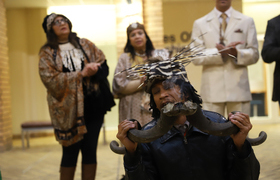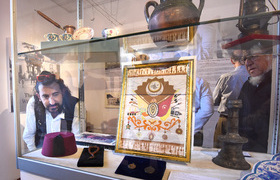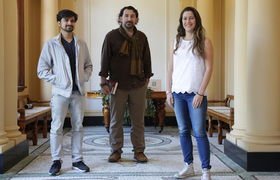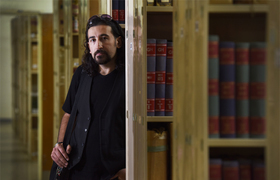Rushdu Atala: South Africa’s first aviator of colour
24 July 2020 | Story Helen Swingler. Read time >10 min.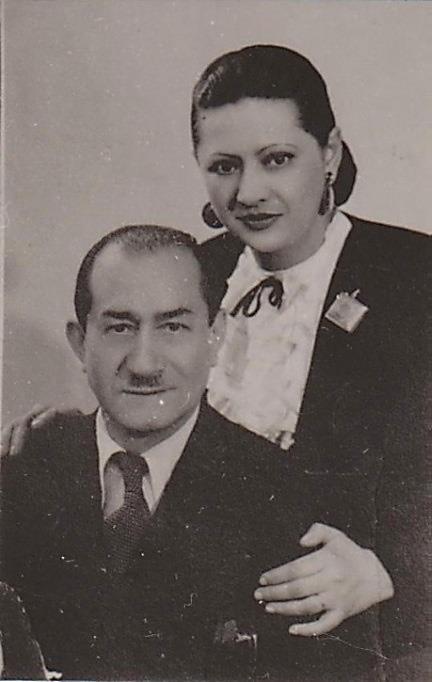
A new article published by University of Cape Town (UCT) African studies scholar Dr Halim Gençoğlu reveals a tantalising story about the country’s first aviator of colour, Muslim Abu Bakr Rushdu Atala. He was a cousin of anti-apartheid and civil rights activist Zainunnisa “Cissie” Gool, after whom UCT’s Cissie Gool Plaza is named.
Gençoğlu’s research has been published in the Bulletin of the National Library of South Africa, vol. 74, no 1, June 2020. It follows other scholarly articles about the history of early Ottoman families such as the Effendis and their historical legacies in the Cape. Gençoğlu is a postdoctoral research fellow in the Asian-African Project in UCT’s Centre for African Studies in the School of African and Gender Studies, Anthropology and Linguistics.
His findings also show how racial identity in South Africa has been shaped by the politics of race: a determination to bind race classification to narrow parameters of skin colour, regardless of nationality.
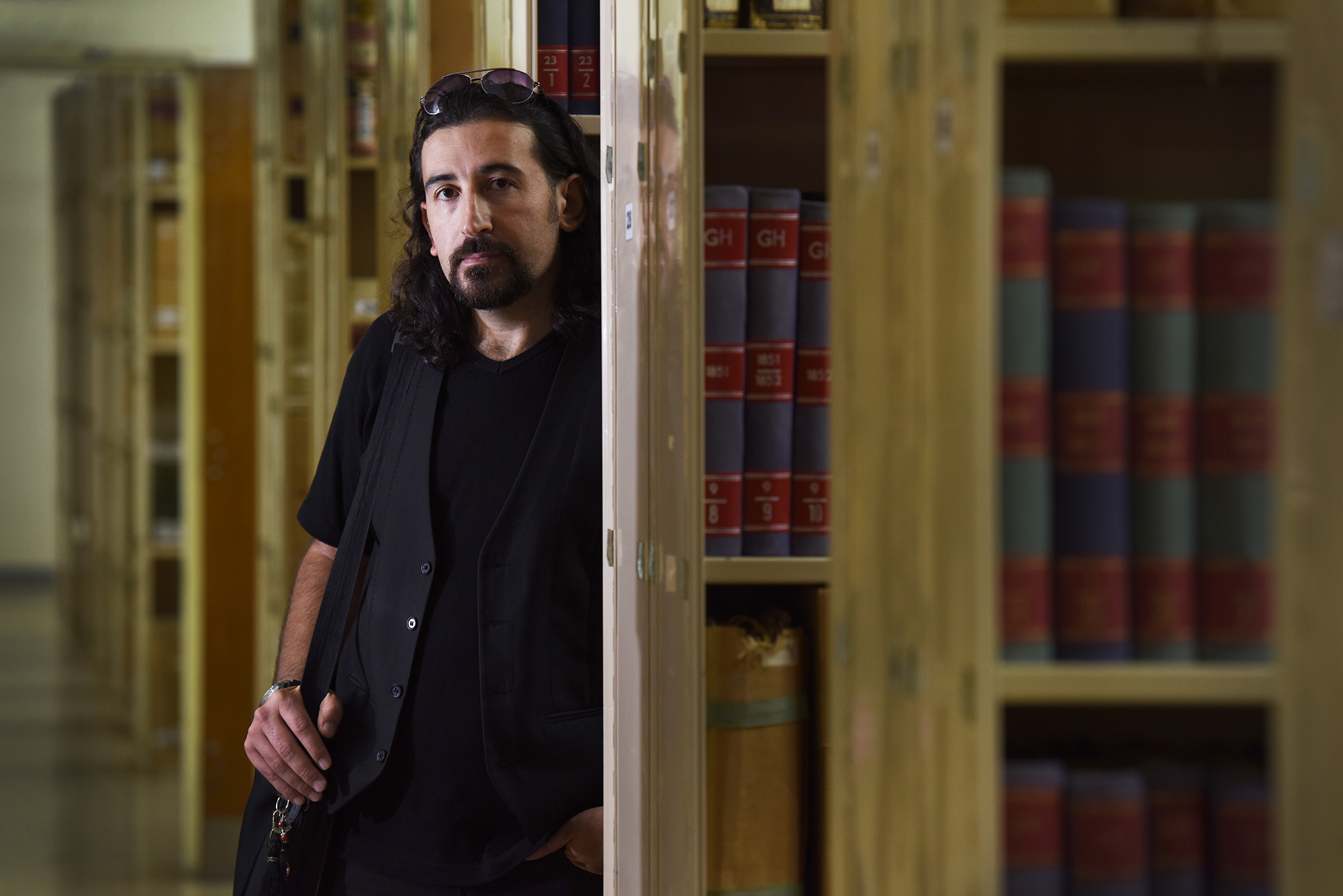
Indians and Chinese were also classified as coloured, a grouping that became sandwiched between white and black classifications with their very different experiences in society, said Gençoğlu.
“People of Asian origin were also regarded as coloured or Malay, a racial category shaped under uncertain racial pressures.”
“People of Asian origin were also regarded as coloured or Malay, a racial category shaped under uncertain racial pressures in the South African political context of the time. Despite the state’s attempts at fixing race, it was not uncommon to find racial ambiguities and contradictions embodied by those who failed to fit the norms,” he wrote.
One such individual was Abu Bakr Rushdu Atala. Of Asian origin, white of complexion, but classified as coloured, Rushdu would never have become a pilot if he had not emigrated to England in the 1900s, said Gençoğlu.
He said that when Rushdu was born in Kimberley in 1896, his father, Ahmet Ataullah Bey (the eldest son of Abu Bakr Effendi, the eminent Turkish professor of Islamic law who was sent to South Africa in 1862 to educate Muslims in religious tenets), tried to register him as European Turk. However, the Office of the Registrar in Cape Town was unyielding, and the authorities classified him as Cape Malay.
Rushdu’s father protested about the unfair rules of this classification and the local press took it up.
An article in the Cape Times questioning Malay identity in South Africa reads: “If not trespassing too much on your valuable time, I should deem it a great favour if you would give me some explanation of the following, viz: why do they designate all the people wearing a fez in this colony as Malays? And my reason for asking is this, that there are thousands and thousands of people professing the Mohammedan religion here who wear the fez, but are no more Malays than I am.”
Rushdu’s father later moved to Kimberley as principal of the Ottoman Imperial School. He established two schools in Kimberley, one for men and one for women. His wife, Muhsina, was the head of the women’s school between 1889 and 1899, until the beginning of the Second Boer War.
In 1901 Ataullah was appointed as the first Ottoman Consul General in Singapore. He took his family to Istanbul and went east to fulfil his consular duties. He died unexpectedly in Singapore in 1903.
His family remained in Istanbul in a house the Ottoman state had provided.
Details of Rushdu’s early life are scant other than those contained in Indian scholar Abdurrahman Khan’s memoir. These describe Rushdu as an intelligent student, living with his siblings and mother and later attending the Regent Street Polytechnic in England.
‘Abiding enthusiasm’ for aviation
But Khan’s memoir also describes Rushdu’s “abiding enthusiasm” for aviation and his training as a pilot in England.
Gençoğlu picked up the story: “By early in 1913, one of the earliest Chinese aviators, Tsoe K Wong, based at Shoreham aerodrome on the Sussex coast, had apprenticed Rushdu and taught him to fly on the Wong Tong Mei (nicknamed the Dragon Fly) biplane.
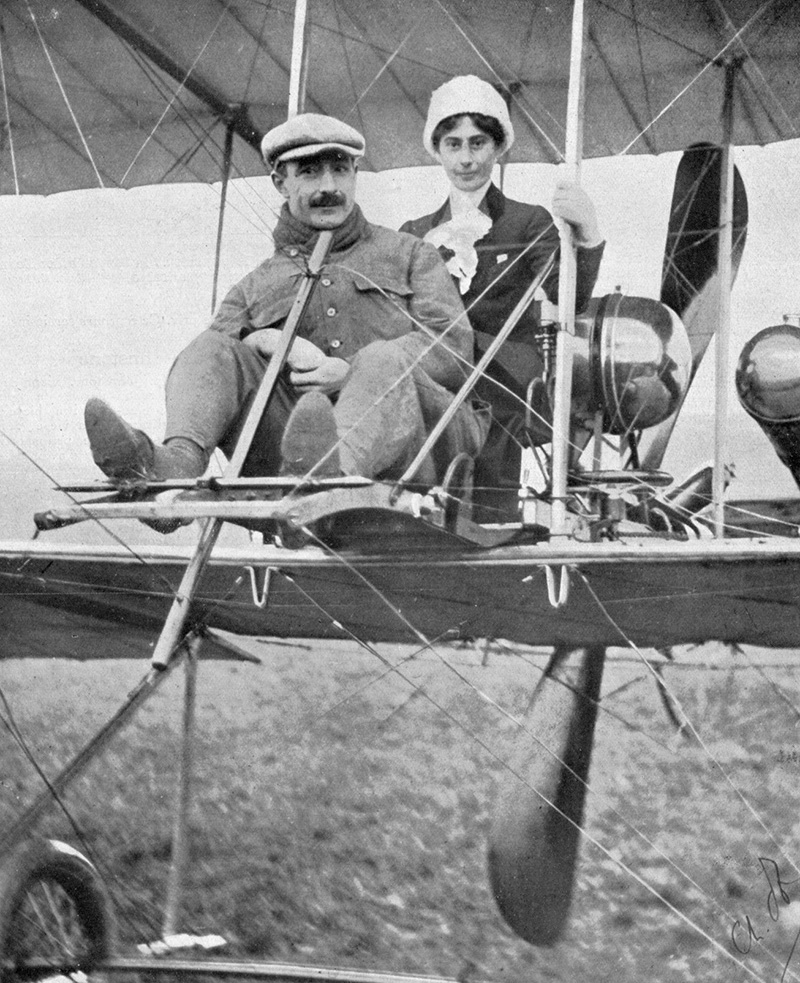
“Meantime in South Africa, the French aviation pioneer, Albert Kimmerling (1882–1912) had made South Africa’s first flight in a powered aircraft, a Voisin single-seater biplane, taking off from Nahoon Racetrack in East London, first in December 1909, repeating the flight on 1 January 1910 (a minor crash followed this flight).
Gençoğlu continued: “Horace Barnes of East London was the first South African aviator, flying the Voisin frequently when Kimmerling was indisposed from March 1910. To meet South Africa’s needs with the outbreak of the First World War in 1914, the aviation industry in South Africa was developing rapidly, designing and building new aircraft.”
He said this impetus saw South African aviation engineering pioneer John Weston start building his own aircraft in Brandfort, in the Orange Free State, in 1907. Weston was a key player in founding the Aeronautical Society of South Africa in March 1911.
Author Herman Potgieter writes that in 1913 the society began training the South African Aviation Corps (SAAC) pilots. (The SAAC became the South African Air Force on 1 February 1920.)
Potgieter writes, “Basic flying training commenced in 1913 with ten students, who, on completion of their basic training, were sent to the Central Flying School at Upavon in England where the first of South Africa’s military pilots would go on to qualify there on 2 June 1914.”
“In 1913 the British press hailed Rushdu as the first person of colour in South Africa to receive an aviation certificate.”
In 1913 the British press hailed Rushdu as the first person of colour in South Africa to receive an aviation certificate.
One newspaper reported: “He is the first Turk in England who has mastered aviation sufficiently to be deemed a pilot. Although young, he speaks several languages fluently, his English being most excellent. He is a patriot and wishes to be of use in a military way in his country. Flights will be made by him as soon as the monoplane is ready.”
It escaped this paper that Rushdu was a South African, not a Turk. Nonetheless, the coloured community in South Africa were elated, said Gençoğlu.
“The first two decades of the 20th century were important times for South African Muslims as they tried to establish their identity somewhere between Malay and coloured in South Africa, under the leadership of Dr Abdullah Abdurrahman. It follows, then, that educated Muslims like Rushdu [Atala] and Dr Abdullah were regarded as heroic figures in the South Africa Muslim community.”
In a twist of allegiances, Ottoman archival sources indicate that Rushdu became a pilot in the First World War fighting against the British Empire while based in Damascus.
And here the story becomes more compelling.
According to Gençoğlu’s research, “Rushdu’s last surviving son, Ahmed Kemal, stated that because of his knowledge of English, [his father] was appointed in Damascus to gather information about Lawrence of Arabia. Rushdu also stated in an interview in 1961 that Lawrence had tried to kill him aboard a train on the Damascus front at that time.”
After the war, Rushdu returned to South Africa and established a Turkish import company in Loveday Street in Johannesburg. He married Hajera Masirettin from a Malay family in Cape Town. He also changed his surname from Ataullah to Atala.
In an ironic turn, in 1948 Rushdu was re-classified as white and lived in South Africa until his death.
New dimension to African studies
Gençoğlu’s work brings a new dimension to African studies, using Asian sources to re-centre the Afro-Asian research, mapping and archiving project at UCT.
“The material in the Cape archive becomes much more powerful if we compare it with Ottoman archives in Istanbul.”
“The material in the Cape archive becomes much more powerful if we compare it with Ottoman archives in Istanbul,” he said. “For many years, Africa has been read from European perspectives. They saw and showed Africa as they wanted to, but they did not reflect on the actual Africa and its history.”
The Ottoman archives also reveal “an underappreciated part of African history”.
“For instance, in 1914, Cape Muslims were still asking for religious decree (fatwah) from the Ottoman Caliph in Istanbul,” said Gençoğlu.
“Not only South African Muslims but some Jewish families also sent donations to the Ottoman army while the Ottoman Empire was fighting against Italy in Libya in 1912. These dynamics cannot be understood without using both Afro-Asian sources. Turkish, Swahili, Persian, Arabic and Sanskrit will help us to bring a new dimension to the field which has been mostly covered by Anglocentric scholars of the history of southern Africa.”
Much of the Cape’s history also remains hidden in archive; too much, said Gençoğlu.
“Cape historiography needs to be re-written in the light of archival documents. But particularly, comparative studies in archival researches will open new doors to the history of South Africa. … Archival studies will create an awareness, especially among the youth.”
Is there a way of memorialising pioneers such as Rushdu? Gençoğlu believes there should be.
“I think, like his cousin Zainunnisa ‘Cissie’ Gool, pilot Rushdu deserves to be honoured as a hero of and memorialised in South Africa. His other cousin, Dr Muhammed Shukru Effendi, was the first ‘non-white’ medical doctor to graduate from UCT. He is another icon in the history of South Africa to remember at UCT, by giving his name to a building in the medical school. That’s another way to teach new generations about these forgotten heroes.”
 This work is licensed under a Creative Commons Attribution-NoDerivatives 4.0 International License.
This work is licensed under a Creative Commons Attribution-NoDerivatives 4.0 International License.
Please view the republishing articles page for more information.







